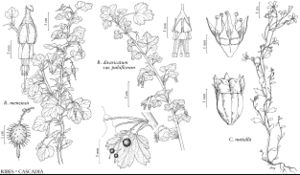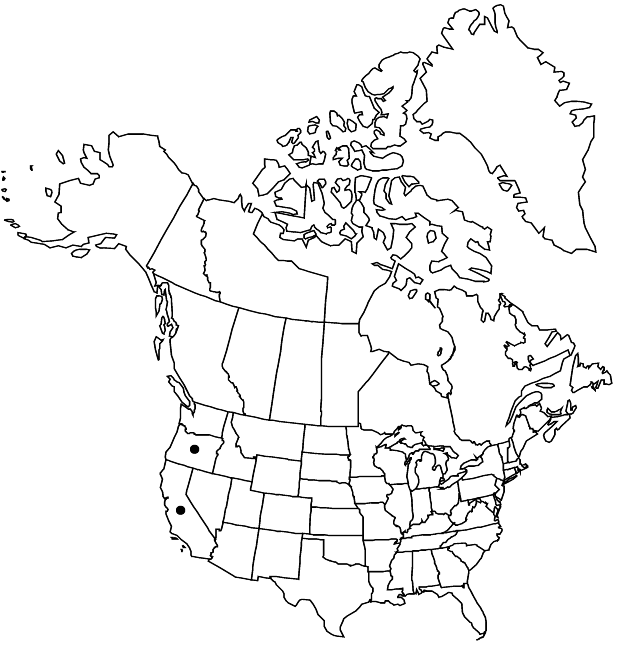Difference between revisions of "Ribes divaricatum var. pubiflorum"
Deut. Dendrol., 200. 1893,.
Treatment appears in FNA Volume 8. Treatment on page 38.
FNA>Volume Importer |
FNA>Volume Importer |
||
| Line 31: | Line 31: | ||
-->{{#Taxon: | -->{{#Taxon: | ||
name=Ribes divaricatum var. pubiflorum | name=Ribes divaricatum var. pubiflorum | ||
| − | |||
|authority=Koehne | |authority=Koehne | ||
|rank=variety | |rank=variety | ||
| Line 46: | Line 45: | ||
|publication year= | |publication year= | ||
|special status= | |special status= | ||
| − | |source xml=https://jpend@bitbucket.org/aafc-mbb/fna-data-curation.git/src/ | + | |source xml=https://jpend@bitbucket.org/aafc-mbb/fna-data-curation.git/src/f50eec43f223ca0e34566be0b046453a0960e173/coarse_grained_fna_xml/V8/V8_74.xml |
|genus=Ribes | |genus=Ribes | ||
|species=Ribes divaricatum | |species=Ribes divaricatum | ||
Revision as of 23:31, 16 December 2019
Flowers: hypanthium obconic, 1.5–2 × 1.7–2.5 mm, pilose to villous; sepals 3.5–4.5 mm; petals white, 1.2–1.7 mm; filaments 3.5–4.7(–5) mm; styles 5–7 mm.
Phenology: Flowering Mar–May.
Habitat: Coastal bluffs, forest edges
Elevation: 0-1500 m
Discussion
Variety pubiflorum occurs from Lane County, Oregon, to Alameda County, California.
Selected References
None.
Lower Taxa
None.

